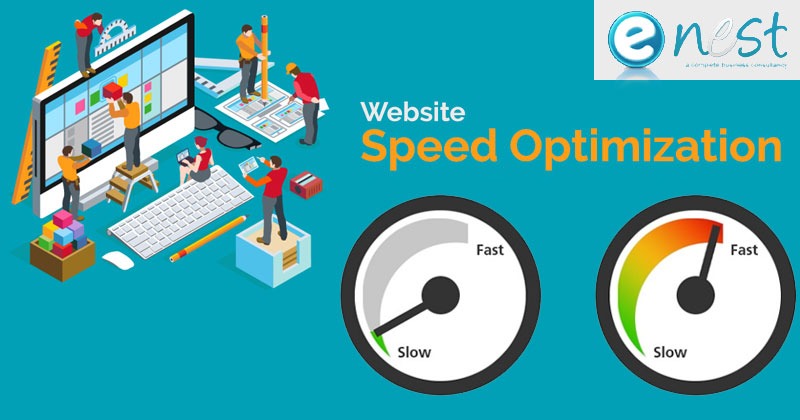Improve your Conversion Rate with a Faster Website

How often do we stay on a website that takes a longer time to load? A fast loading site engages more user traffic as compared to its slower competitor.
As more than 60% of users access the internet via their mobile phones, nobody wants to surf a page that takes about 10 seconds to load. In this rapid world, everyone opts for things that bail out their time. Most Importantly, Google has added the website speed factor into its algorithm for website ranking.
Here are some Stats
- 47% of the users expect a webpage to load completely in less than 2 seconds.
- 57% of the users immediately leave a webpage after 3 seconds if it fails to load.
- 8% of the users adduce the site’s speed as the factor for abandon their purchase.
Here are some tips for Website speed optimization
1) Minimize HTTP Requests
Most of the Website load time is spent being downloading various elements of the website. An HTTP Request is made to request each of these elements. Hence, more the elements longer the load time.
Right click on the page you want to analyze, select inspect and click on Network tab.
Name column will show all the files available on the page. Size shows the file’s size and time shows the time taken to load the element.
2) Minify CSS and Javascript
Reduce the number of HTML, Javascript, and CSS files. You can minify and combine these files as it reduces the number of the files as well as the size. Minifying basically removes unnecessarily codes, whitespace and formatting.
If you run your website on WordPress, you can install WP Rocket plugin to make the process hassle-free.
3) Minimise Time to First Byte
It’s an important aspect to take a look at the time count a website takes to start loading. This factor depends on your server speed. According to Google, Time to first byte should be less than 200ms.
When a user visits a site, the browser sends an HTTP request to the server. Following tasks occur during the whole process
- DNS Lookup
- Server Processing
- Result
Dynamic content creation, Web server configuration and website traffic are few factors affecting First time to Byte.
In WordPress, most pages are dynamic. You can enable cache to speed up the time to first byte.
4) Reduce image size
Images play a vital role in affecting the speed of your website. Very large size images can make the website really slow.
You cannot simply remove them from the website as images contain more information and attract more users as compared to text. If your website is running on WordPress, a plugin like EWWW Image Optimizer can boost tour website’s speed gradually by optimizing your images.
5) Scripts below the Fold
Javascript files load themselves after the content. If you have put them before your content, they will get loaded earlier making your website load slower.
To resolve this problem,
- Put the files containing Javascript at the bottom of your page.
- Use Defer or Async attributes while placing javascript files.
With the increasing competition, you just can’t ignore the website speed factors as it is regarded as one of the most factors by Google as well as the users to visit a website. Website speed optimization can surely fetch more traffic on your website. We have given some tips to make things better for you.






